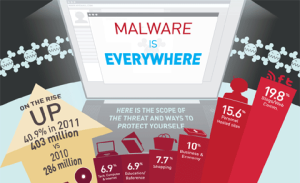Kom ihåg den April Fool skämt där Google sade att de lanserar en ny Blå Gmail? Tja, inte en blå Gmail men Google till lanserar ett helt nytt Gmail versionen. I en större uppdatering Google lägger till några coola funktioner och ändra lite i Gmail layout.
Gmail kommer nu med flikar och ett nytt gränssnitt att låta användarna organisera sin post bättre. Google hade rullat ut de prioriterade Inbox som ett tillägg till den vanliga inkorgen förra året. Men, den nya layouten är mer än skilja mellan din post och framåt regelbunden.
Den nya tabbed layout kommer att sortera ut poster under 5 flikar som standard. De fem flikarna är: Primära, Social, kampanjer, uppdateringar, och forum. De regelbundna, viktigt meddelande kommer att bo i standard- eller den primära Inbox. Medan alla meddelanden från webbplatser för sociala nätverk automatiskt sorteras under sociala fliken, reklammaterial från e-commerce tomter kommer att grupperas under rubriken “Marknadsföring”. Forum för att posta förteckningar och uppdateringar för bekräftelse post.
Postburken finnas släpat och tappat mellan de olika flikarna och Google Blog sagt att Google kommer att långsamt “lära sig” där du vill att varje post. Var och en av flikarna som separat inkorg där du kan visa olästa meddelanden, förvarar bana av post, svara, etc.



